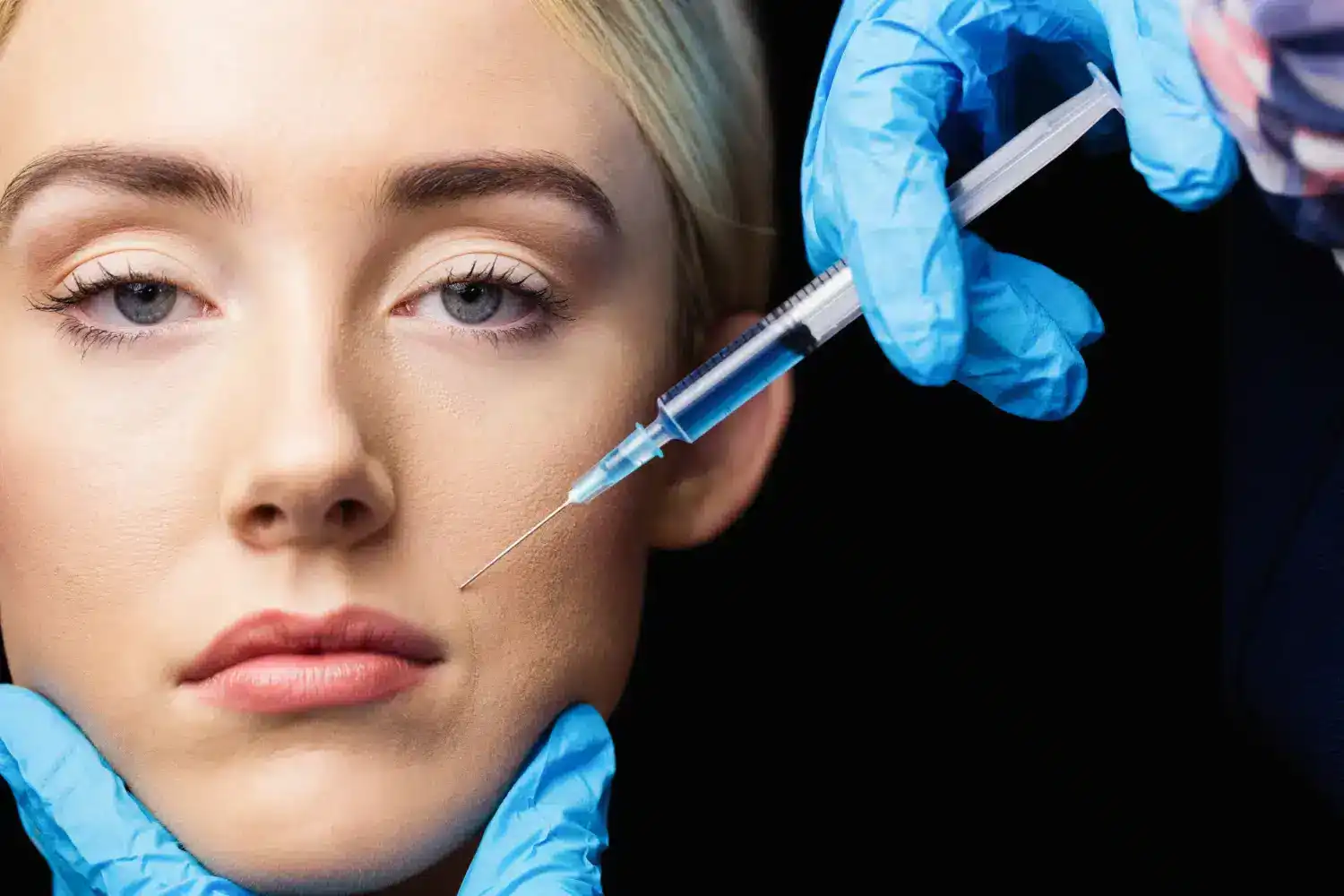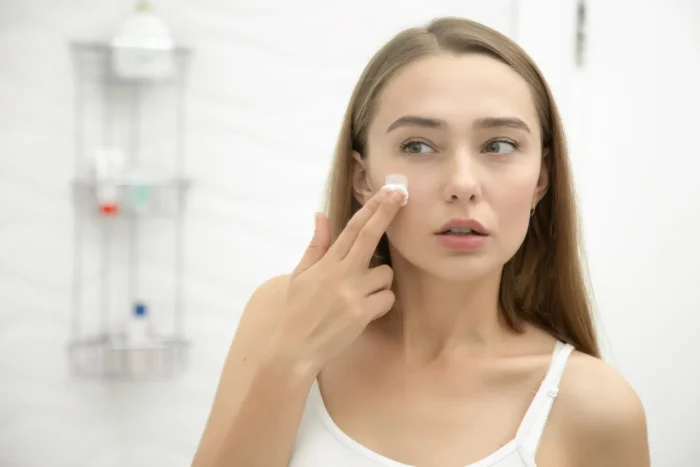Business Hours: Monday - Friday: 9 AM - 6 PM EST

Nabota vs Botulax – Which Is the Better Botulinum Toxin?
David Fuller
Last Updated On: June 17, 2024
Botulinum neurotoxin type A (BoNT/A) has revolutionized medical and cosmetic treatments. Its efficacy in neuromuscular diseases and aesthetic procedures is well-established. However, selecting the right botulinum toxin injections is crucial for patients and professionals as they must first consider its safety and efficacy.
In recent years, new formulations have emerged, including Nabota and Botulax. These products promise comparable efficacy to Botox (Onabotulinum toxin A) but with distinct characteristics. Nabota and Botulax boast higher neurotoxin content than Xeomin, yet there’s a catch: they harbor more inactive neurotoxin. This balance between potency and purity impacts clinical outcomes.
This article will explore the nuances of Nabota and Botulax, dissect their formulation differences, and evaluate their clinical implications.
Key Takeaways
- Nabota and Botulax are both botulinum toxin type A products used for cosmetic and therapeutic purposes.
- Understanding the differences in their formulations, manufacturing processes, clinical efficacy, safety profiles, and practical use aspects is crucial for selecting the appropriate product based on patient needs and clinical objectives.
- In some clinical studies, Nabota has shown a faster onset of action and potentially more prolonged effect duration than Botulax, which may influence the choice of product for specific aesthetic treatments.
- Botulax is often highlighted for its affordability and availability in various markets, making it a popular choice in regions with cost-sensitive patient populations.
About: Operating since 2016, Med Supply Solutions is known for being one of the industry’s top and trusted suppliers of cosmetic and viscosupplementation products. If you’re looking to buy Nabota online, contact our sales department for more information.
Understanding Nabota and Botulax
Nabota and Botulax are two types of botulinum toxin used in medical treatments. Nabota, also known as Jeuveau in some regions, was developed by Daewoong Pharmaceutical, while Hugel Pharma manufactured Botulax. Nabota contains 754 ± 11 pg of toxin per 100 U vial, making it a potent option with FDA approval for various cosmetic and therapeutic indications.

Due to its unique potency and formulation, Botulax has carved a niche among alternatives like Botox and Dysport. It contains 844 ± 43 pg of toxin per 100 U vial, making it an interesting option for medical professionals who want effective results in their practice.
The comparison between Nabota and Botulax often centers around their potency, content, and the presence of inactive toxins, which can influence how they work once administered. Understanding each product’s unique composition helps clinicians tailor treatments for optimum patient outcomes.
Formulation and Manufacturing Processes
Nabota and Botulax differ in composition and manufacturing processes, which is crucial for comparison. Botulax contains about 844 pg of toxin per 100 U vial, while Nabota (Jeuveau) has approximately 754 pg per 100 U vial. These slight differences impact doctors’ choices between Nabota, Botox, or Nabota and Dysport.

Despite variances, each brand includes more inactive neurotoxins than competitors like Xeomin, affecting efficacy. Switching between brands like Botulax and Nabota may yield better results for non-responsive patients. Understanding these variations aids in tailored treatments for wrinkle smoothing or muscle stiffness management.
Manufacturing Processes of Nabota and Botulax
Nabota and Botulax are manufactured similarly. They start with a purified neurotoxin from Clostridium botulinum formulated with other components. Nabota’s production emphasizes stringent purification processes to remove impurities and ensure quality.
Botulax focuses on stability during transportation and storage for longer shelf life, alongside purification. Both undergo precise procedures in controlled environments to guarantee potency and safety, with purity and formulation consistency checks.
These meticulous manufacturing processes align with regulatory standards like the FDA’s, offering high-quality products for clinical use. Medical professionals benefit from understanding these manufacturing details for informed clinical decisions.
Unit Equivalency and Potency
Understanding the comparison of unit equivalency between Nabota and Botulax is crucial for medical professionals aiming for precise treatment outcomes. Let’s explore how they match up in terms of potency and dosage.

| Brand | Total Toxin per 100 U Vial (pg) | Unit Equivalency to BOTOX |
| Nabota/Jeuveau | 754 ± 11 | Similar |
| Botulax | 844 ± 43 | Similar |
| Meditoxin/Neuronox | 575 ± 6 | Comparable, but varies |
| Xeomin | N/A | Has less inactive toxin; might require adjustment |
Clinical Efficacy and Safety Profiles
Clinical studies and surveys among Korean board-certified dermatologists highlight that the primary candidates for these injections are individuals aged 40–50, those aged 20–30s and those over 60.
The upper face, including the glabella, forehead, and crow’s feet, is the most favored area for injection. The preferred dilution is 100 units/2.5 mL with isotonic sodium chloride, and treatments are commonly administered at six-month intervals. Despite occasional reports of botulinum toxin resistance, cost-effectiveness remains critical in product choice.
Botulax has shown significantly greater potency per unit than Botox/Vistabel in both in vivo and in vitro studies. Meanwhile, Nabota/Jeuveau, along with other brands like Meditoxin/Neuronox, has demonstrated similar potency to Botox/Vistabel.
Although direct comparisons among Botox, Dysport, and Xeomin for specific indications such as Crow’s feet are limited, studies confirm that all three neuromodulators are adequate for cosmetic purposes. These findings underscore the importance of selecting the appropriate product based on potency and patient needs.
Overall, both Nabota and Botulax are essential tools in aesthetic medicine. Dermatologists refine their practice patterns based on efficacy, safety, and patient preferences. Further research is needed to explore their therapeutic applications beyond cosmetic use, as botulinum toxin treatments also address conditions like hyperhidrosis and rosacea.
Comparative Analysis of Indications
Reviews for Nabota treatments and analyzing Botulax’s efficacy in treating glabellar lines reveal insightful distinctions. Both products, rooted in their unique formulations and potencies, cater to the dynamic needs of medical professionals. The table below encapsulates a comparative analysis focusing on the pivotal aspects of their use for glabellar lines:
| Aspect | Nabota | Botulax |
| Active Neurotoxin Content | 754 ± 11 pg per 100 U vial | 844 ± 43 pg per 100 U vial |
| Inactive Neurotoxin Presence | Higher compared to Xeomin | Higher compared to Xeomin |
| Clinical Efficacy | Highly suitable for patients with resistance to Botulax or other brands | Effective in broader patient demographics without prior treatment resistance |
| Safety Profile | Comparable to other leading brands | Comparable to other leading brands |
| Unit Equivalency and Potency | The unit-for-unit dose may differ from Botulax | Potency may require adjustment based on clinical response |
| Onset of Action | Quick, with effects noticeable in a few days | Comparable to Nabota, with variability among patients |
| Duration of Effect | Lasts several months, patient-dependent | Similar in duration to Nabota, but individual results may vary |
| Patient Satisfaction | High, especially in those with previous resistance | Generally high, with repeat treatments common |
Efficacy in Managing Hyperhidrosis with Nabota and Botulax
Nabota and Botulax effectively manage hyperhidrosis, reducing excessive sweating in patients. When selecting a suitable treatment option, medical professionals should consider their potency, clinical profiles, and patient satisfaction levels. Evaluating their clinical efficacy and safety profiles is essential for informed decision-making.
Practical Aspects of Use
Comparing the onset of action and duration of effect is insightful for medical professionals. Nabota and Botulax have differing dosing guidelines tailored toward specific patient needs. Here are the essential considerations for dosing each product:
- Determine the suitable dosage based on the specific indication and individual patient characteristics.
- Consider the severity of the condition and customize the dosage accordingly.
- To calculate precise dosages, ensure a thorough understanding of unit equivalency and potency differences between Nabota and Botulax.
- Adhere to recommended injection techniques for each product to optimize efficacy.
- Regularly assess patients’ response to treatment and adjust dosages as necessary to achieve desired clinical outcomes.
Onset of Action Comparison
Nabota and Botulax have different onset times. Nabota typically starts working after 2-3 days, while Botulax may take 4-7 days to show its effects. These differences are essential for managing patient expectations and planning effective treatment. Medical professionals should consider these variations to align the product’s action timeline with the patient’s treatment goals, ensuring optimal results within an expected timeframe.
Duration of Effect for Nabota and Botulax
The duration of effect for Nabota and Botulax varies. Nabota typically lasts around 3-4 months, while Botulax may last up to 5 months. This difference is significant when considering treatment plans and follow-up schedules for patients. Tailoring the choice between Nabota and Botulax based on individual factors like muscle strength and metabolic rate is vital for achieving optimal outcomes.
Selecting the Appropriate Product
Consider patient needs and clinical objectives when choosing between Nabota and Botulax. Nabota may be preferable for those resistant to other brands, while Botulax could suit patients new to botulinum toxin treatment.
- Evaluate the patient’s response to previous botulinum toxin treatments.
- Consider Nabota for patients with resistance to Botulax or other botulinum toxin brands.
- Assess patient preferences for onset of action and duration of effect.
- Review patient medical history, especially regarding hyperhidrosis management.
- Analyze the specific areas targeted for treatment and their responsiveness to Nabota or Botulax.
- Discuss potential side effects and safety profiles with patients before choosing a product.
- Educate patients on the differences in unit equivalency and potency between Nabota and Botulax.
- Customize treatment based on patient expectations and desired outcomes.
Conclusion
Nabota and Botulax offer distinct advantages depending on patient needs. Understanding their composition, unit equivalency, clinical efficacy, and practical aspects is crucial for medical professionals to make informed decisions. With careful consideration of these factors, the appropriate product can be selected to serve individual patients’ requirements best.
FAQs
1. What’s the main difference between Nabota and Botulax?
Nabota and Botulax have smooth wrinkles but come from different companies.
2. Which lasts longer, Nabota or Botulax?
Nabota may last a bit longer, but it depends on you.
3. Are there any side effects to using Nabota or Botulax?
Yes, both can have side effects like swelling or bruising where you got the shot.
4. Can I switch between Nabota and Botulax for my treatments?
Some folks switch between them to see what works best for their skin.
5. How do I know if Nabota or Botulax is right for me?
Talking with a doctor who knows your skin well is the best way to choose.
References
Frevert J, Ahn KY, Park MY, Sunga O. Comparison of botulinum neurotoxin type A formulations in Asia. Clinical, Cosmetic, and Investigational Dermatology. 2018;Volume 11:327-331. doi:https://doi.org/10.2147/ccid.s160723
Nestor MS, Arnold D, Fischer D. The mechanisms of action and use of botulinum neurotoxin type A in aesthetics: Key Clinical Postulates II. Journal of Cosmetic Dermatology. 2020;19(11):2785-2804. doi:https://doi.org/10.1111/jocd.13702
Products
Cart
Log In
Newsletter
Subscribe for exclusive offers and updates on new arrivals
Share feedback at:
Working Hours
Monday to Friday: 9 AM to 6 PM EST
The Most Popular Brands
Med Supply Solutions
Support
Copyright 2025. Med Supply Solutions